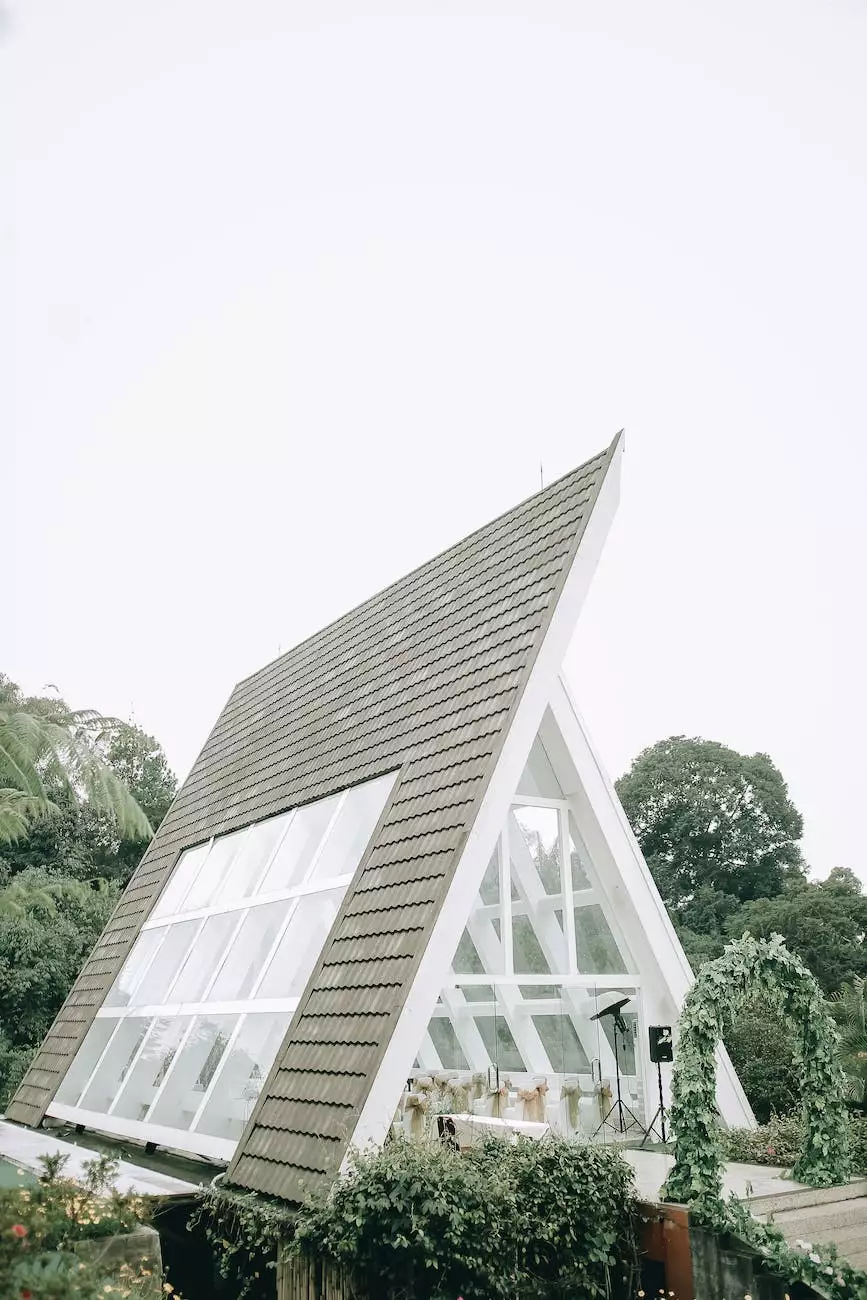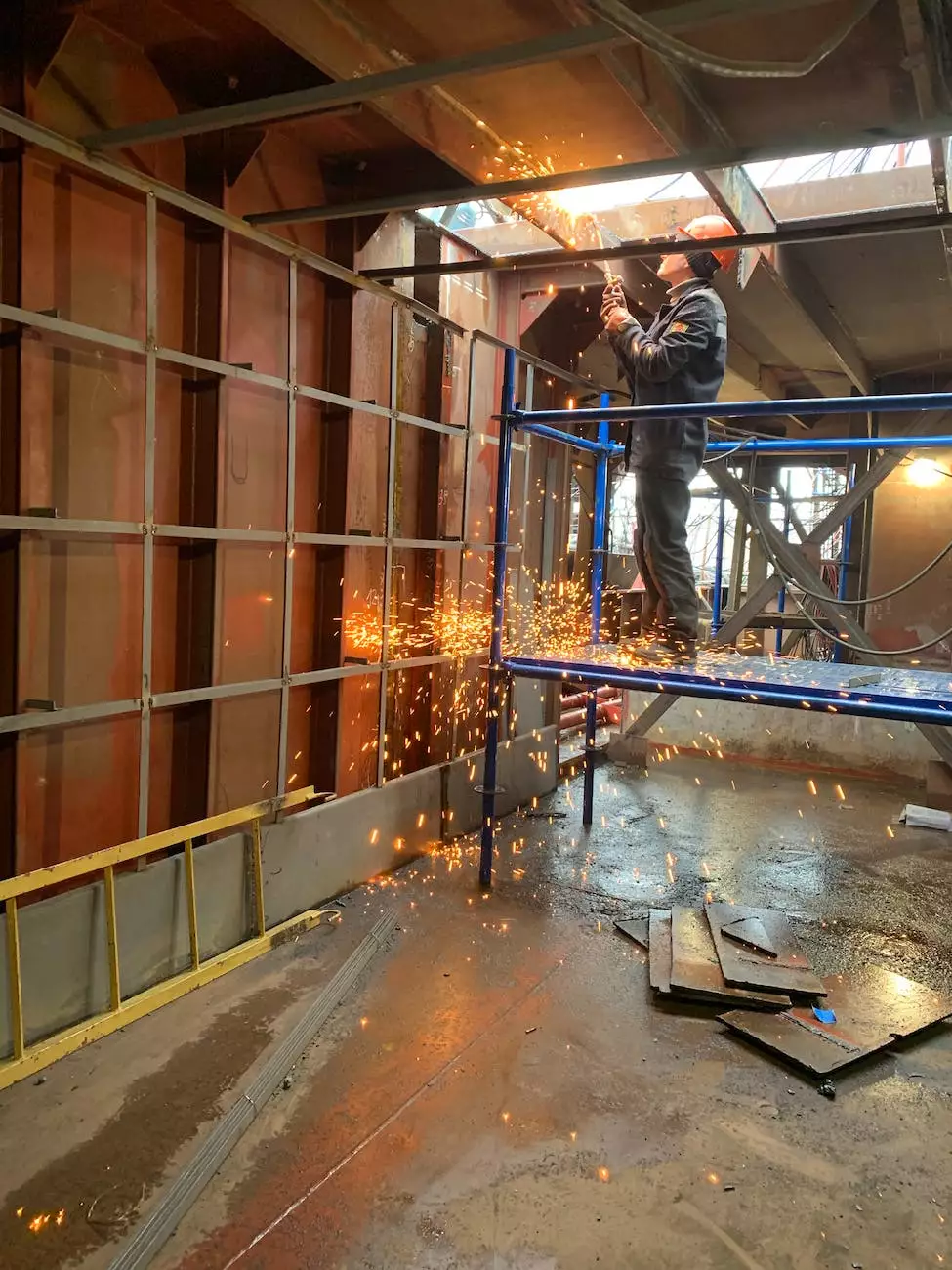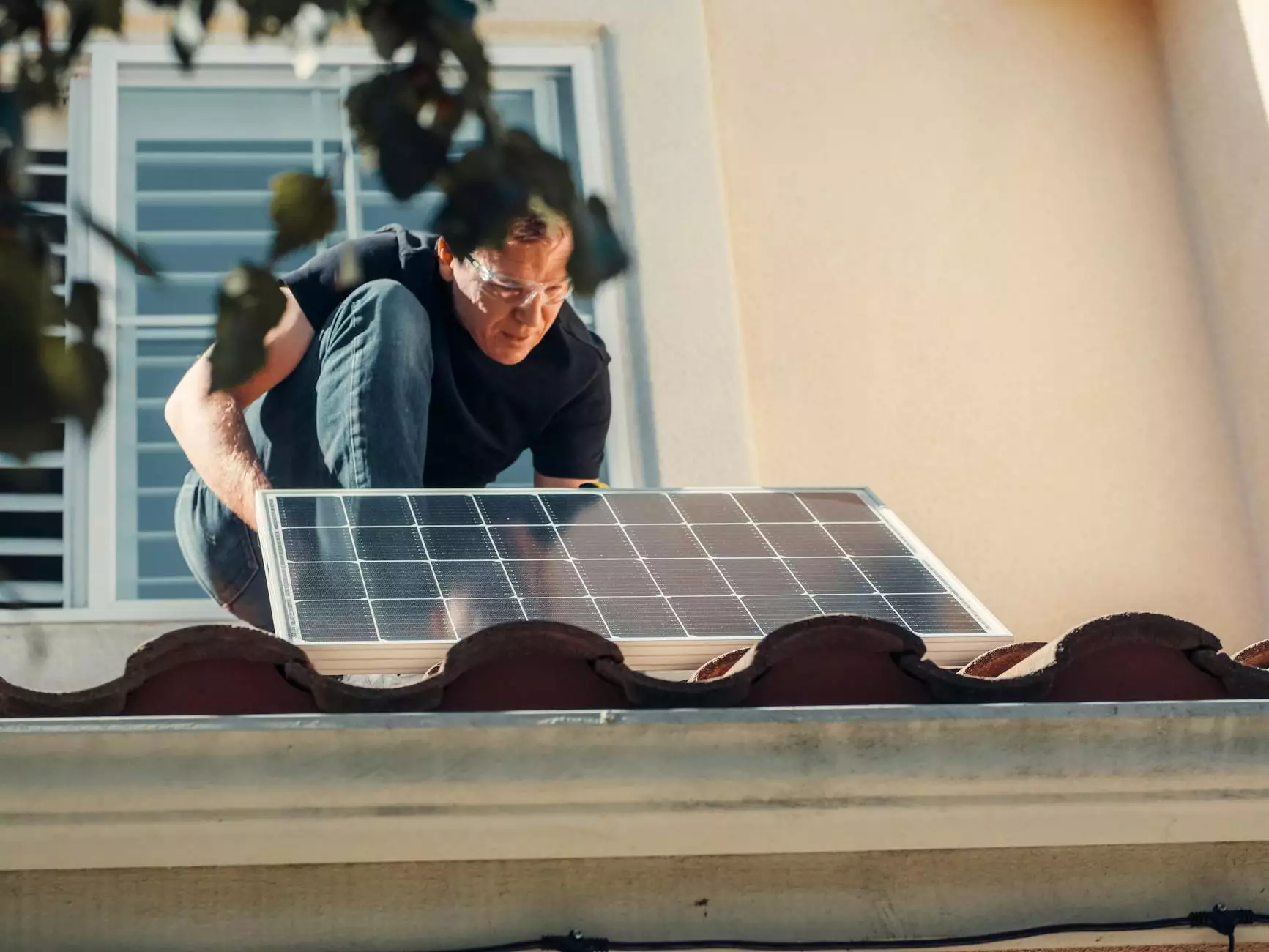The Comparison of Roofing Materials: Part 2 - Slate Roofing
Roofing
Introduction
Welcome to D R Kes Concrete's informative blog series on various roofing materials! In this second part, we will deep dive into the world of slate roofing. If you are considering a home improvement project and need a reliable and durable roofing material, slate might be the perfect choice for you. In this comprehensive guide, we will explore the benefits, drawbacks, installation process, and maintenance requirements of slate roofing.
Why Choose Slate Roofing?
Slate roofing is considered one of the most high-end and long-lasting roofing materials available today. Its timeless beauty and exceptional durability make slate an excellent investment for homeowners. Here are some key reasons why slate roofing might be the right choice for your home:
1. Unmatched Durability
When it comes to longevity, few materials can compare to slate roofing. This natural stone is incredibly durable and can withstand harsh weather conditions, including heavy rain, snow, hail, and extreme temperatures. A well-installed slate roof can last for over a century, making it a great option for homeowners looking for a long-term roofing solution.
2. Aesthetically Pleasing
If you value aesthetics and want your home to stand out, slate roofing offers a diverse range of elegant and sophisticated options. Slate comes in various colors, textures, and sizes, allowing you to create a unique and visually appealing roof. Whether you prefer a traditional or modern look, slate can complement any architectural style.
3. Fire and Mold-Resistant
Slate is a non-combustible material, which means it offers excellent fire resistance compared to other roofing materials. Additionally, slate's natural properties make it resistant to mold, mildew, and other forms of biological growth. This can help maintain a healthy indoor environment and reduce the risk of structural damage caused by moisture.
4. Low Maintenance
Unlike some roofing materials that require frequent repairs and maintenance, slate roofing is relatively low-maintenance. Once properly installed, it requires minimal attention and can save you time and money in the long run. However, occasional inspections and cleaning are still recommended to ensure its longevity.
Slate Roofing Installation
Installing a slate roof is a specialized process that should be carried out by experienced professionals. The installation involves several steps, including:
- 1. Surface Preparation: The existing roof may need to be removed, and the surface should be inspected for any necessary repairs or reinforcing.
- 2. Underlayment: A layer of underlayment, usually made of plywood or another suitable material, will be installed to provide additional support and weatherproofing.
- 3. Flashing: Metal flashing will be installed in areas prone to water penetration, such as valleys, chimneys, and skylights.
- 4. Slate Installation: Each slate tile will be carefully installed, starting from the bottom and working upward, using specialized hooks or nails.
- 5. Finishing Touches: The installation process also involves installing ridge caps, ridge vents, and other necessary components for proper ventilation and aesthetics.
It's important to note that the installation process may vary based on your specific roofing requirements and the expertise of the contractor.
Maintenance Tips for Slate Roofing
Proper maintenance is essential to ensure your slate roof remains in top condition throughout its lifespan. Here are some helpful tips:
- Regular Inspections: Schedule annual inspections with a professional roofing contractor to identify and address any potential issues early on.
- Gutter Cleaning: Keep your gutters clean and free from debris to prevent water backups and damage to the roof.
- Trimming Overhanging Trees: Trim any tree branches near the roof to avoid potential damage from falling branches or excessive shade that can promote moisture retention.
- Prevent Moss and Algae Growth: Use zinc or copper strips on the roof to deter moss and algae growth, which can damage the slate tiles.
- Remove Debris: Regularly remove leaves, twigs, and other debris from the roof surface to prevent water pooling and potential damage.
- Address Repairs Promptly: If you notice any cracked or damaged slate tiles, have them repaired or replaced as soon as possible to prevent water infiltration.
Conclusion
As you can see, slate roofing offers a range of benefits for homeowners seeking a durable, aesthetically pleasing, and low-maintenance option. Its longevity and timeless appeal make it a popular choice for those looking to enhance the beauty and value of their homes.
At D R Kes Concrete, we understand the importance of choosing the right roofing materials for your home improvement projects. If you have any questions or need professional assistance with slate roofing installation or maintenance, our team of experts is here to help. Contact us today to get started!










